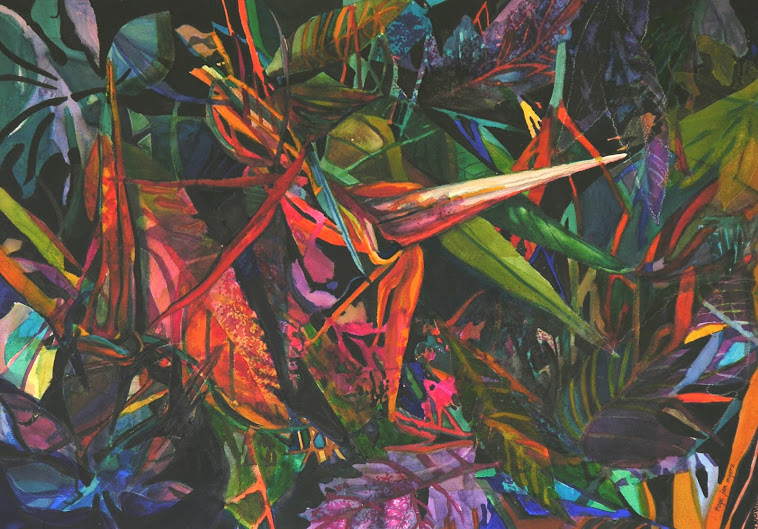There's dark chocolate -- 60%, 70%, 80% -- even 90%. What all of them in this range have in common is at least a small amount of sugar. They can be insanely, intoxicatingly delicious. That little bit of sugar, that smallest touch of sweetness, completely changes the game.
And then there is 100% dark chocolate. Just pure, straight-up, roasted, ground, refined, conched and molded cacao. There is no sugar flying cover for even the slightest of off-flavors. Everything the bean has to offer, for better or for worse, is on full display.
Fine 100% darks are NOTHING like the baking chocolate that you may have had the misfortune of tasting at some point along the way (aside from being 100% cacao). When made well, these unsweetened bars are works of art. They can be as smooth and creamy as some of the better milk chocolates. The taste is not bitter or astringent (nor is it sweet), but rather complex and rich -- each one in its own distinct way.
 100% darks aren't for everyone, but if you want to experience chocolate full-on, without decoration or embelishment, find a bar of Pralus 100% Madagascar, Domori IL100%, Granada Chocolate Company 100% organic, Zotter 100% Peru (my personal favorite) or Bonnat 100% Cacao. Find a quiet place to sit down. Cleanse your pallate. Break off a small corner of the bar. Let it melt on your tongue...and let it take you to that special place that only a truly great chocolate can...
100% darks aren't for everyone, but if you want to experience chocolate full-on, without decoration or embelishment, find a bar of Pralus 100% Madagascar, Domori IL100%, Granada Chocolate Company 100% organic, Zotter 100% Peru (my personal favorite) or Bonnat 100% Cacao. Find a quiet place to sit down. Cleanse your pallate. Break off a small corner of the bar. Let it melt on your tongue...and let it take you to that special place that only a truly great chocolate can...




